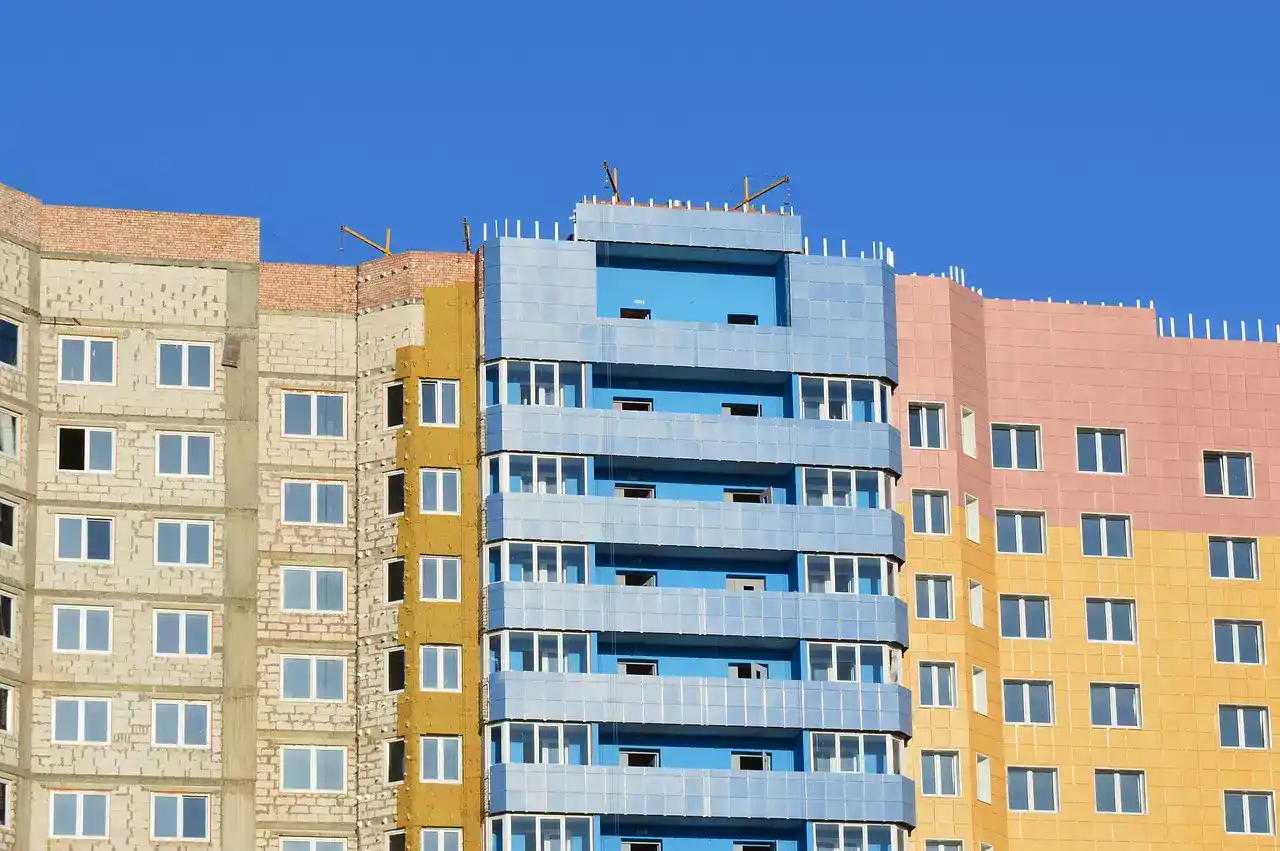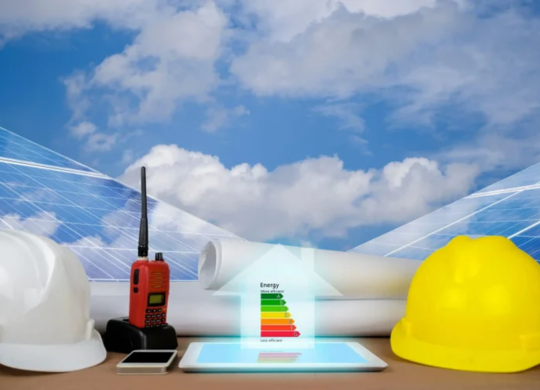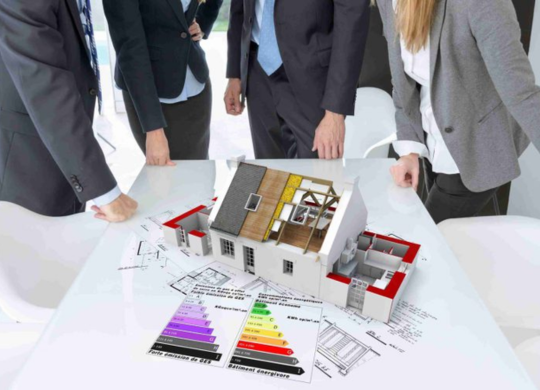Daylight analysis for environmental clearance

Daylight analysis for environmental clearance
Daylight analysis is an essential component of the environmental clearance process, often required to ensure that new buildings, developments, or changes to existing structures do not negatively impact surrounding environments or residents’ quality of life. This analysis evaluates the amount, distribution, and quality of natural light that will be available in and around a proposed project site.
Key Roles of Daylight Analysis in Sustainable Development:
Optimizing Energy Efficiency:
Reducing Dependency on Artificial Lighting: Daylight analysis for environmental clearance helps to design spaces that make optimal use of natural light, which can significantly lower the reliance on artificial lighting during the day. This reduction translates directly into energy savings, cutting down on electricity costs and greenhouse gas emissions.
Heating and Cooling Benefits:
Strategically designed daylighting can reduce the need for heating in colder climates by allowing more sunlight to enter during the winter. However, in warmer climates, controlling sunlight through shading and glazing solutions prevents overheating, which reduces cooling requirements.
Enhancing Indoor Environmental Quality:
Health and Well-being: Exposure to natural light has proven benefits for human health, including improved mood, productivity, and sleep patterns. Spaces with ample daylight also create visually pleasant environments that promote comfort and satisfaction for occupants, whether in homes, offices, or public buildings.
Biophilic Design:
Incorporating natural elements, like daylight, aligns with biophilic design principles, fostering a connection to nature even within urban settings. This can improve mental health and cognitive function and is particularly beneficial in dense urban environments.
Supporting Sustainable Architecture and Urban Planning:
Effective Site Layouts and Orientation:
Daylight analysis informs the optimal orientation and layout of buildings on a site, helping designers position structures to maximize sunlight exposure. For example, key areas like offices or communal spaces are oriented to receive morning light, enhancing usability and reducing energy use.
Minimizing Shading Impact on Neighbors:
In urban settings, daylight analysis helps mitigate shading impacts on neighboring buildings or public spaces, promoting fair and balanced development. This minimizes conflicts over “right to light” and improves the overall well-being of surrounding communities.
Advancements in Building Materials
Move over basic bricks and mortar; the future is here. RDT Corp is all about pushing the envelope with cutting-edge building materials that are as strong as they are sustainable. Think recycled steel beams and solar-responsive glass – we’re basically building wizards.
Smart Building Systems
Gone are the days of flicking switches like it’s the stone age. Our smart building systems do the thinking for you, optimizing energy use and keeping you cozy without breaking a sweat. Say goodbye to wasted resources and hello to the future of convenience.
Achieving Environmental Certifications:
Green Building Standards:
Daylight analysis is integral to many green certification programs, such as LEED (Leadership in Energy and Environmental Design), BREEAM (Building Research Establishment Environmental Assessment Method), and WELL Building Standard. These certifications reward projects that demonstrate a high level of natural daylight utilization, as it aligns with energy-saving and occupant health goals.
Compliance and Incentives:
Some governments and local councils offer incentives for developments that meet specific environmental criteria. Daylight analysis can be a vital part of meeting these standards, facilitating faster project approvals and potential financial benefits.
Reducing Urban Heat and Light Pollution:
Lowering Urban Heat Island Effect:
Proper daylighting strategies reduce the need for artificial lighting and HVAC systems, which are major contributors to urban heat. Additionally, reflective building materials and thoughtful placement of windows can prevent excessive heat absorption.
Minimizing Light Pollution:
Daylight analysis can also address light pollution by ensuring appropriate lighting levels and reducing unnecessary artificial light spill into the surroundings, which helps protect urban ecosystems, particularly for nocturnal wildlife.
Promoting Long-Term Sustainability Goals:
Contributing to Net-Zero Emission Goals: Efficient daylight use supports the broader ambition of net-zero buildings by significantly reducing energy demands. Over time, this leads to lower carbon footprints and helps countries and organizations achieve climate goals.
Enhanced Lifecycle of Buildings: Buildings designed with daylight optimization have greater adaptability and longevity. Their energy efficiency and occupant appeal make them more resilient to future environmental challenges and changing building standards.
Daylight Analysis for Environmental Clearance – RDT Corp
At RDT Corp, we understand the crucial role that daylight analysis plays in securing environmental clearance for sustainable development. Effective daylight design not only enhances occupant well-being but also minimizes energy consumption, contributing to a project’s overall environmental impact. Our team conducts comprehensive daylight analysis, evaluating natural light distribution, glare reduction, and visual comfort within spaces, in line with regulatory standards.
Our approach includes:
Advanced Simulation Techniques: Utilizing industry-leading simulation software, we accurately assess daylight penetration and intensity across different times of day and seasons, ensuring an optimal balance between natural light and energy efficiency.
Compliance with Environmental Standards: Our daylight analysis adheres to relevant environmental guidelines, helping streamline the approval process by meeting statutory lighting and sustainability requirements.
Customized Solutions for Optimal Results: We tailor our analysis based on the unique characteristics of each project, taking into account location, architectural design, and functional needs to maximize natural light use and reduce artificial lighting dependency.
At RDT Corp, our commitment to sustainable development extends to every phase of the project, from planning to implementation. Our daylight analysis services not only facilitate environmental clearance but also promote healthier, more productive spaces while supporting our clients’ environmental goals.
Our Services
We’re here to help and answer any question you might have.
Free Consultation About RDT Design Technologies LLP
Testimonial
"Our experience with RDT Corp has been outstanding. They delivered a customized solution that addressed all our requirements and exceeded our expectations. Their commitment to excellence is evident in everything they do."

"Our experience with RDT Corp has been outstanding. They delivered a customized solution that addressed all our requirements and exceeded our expectations. Their commitment to excellence is evident in everything they do."

"RDT Corp provided us with a comprehensive IT strategy that perfectly aligned with our business goals. Their proactive approach and attention to detail have made a significant impact on our company's growth. Their services are worth every penny."















